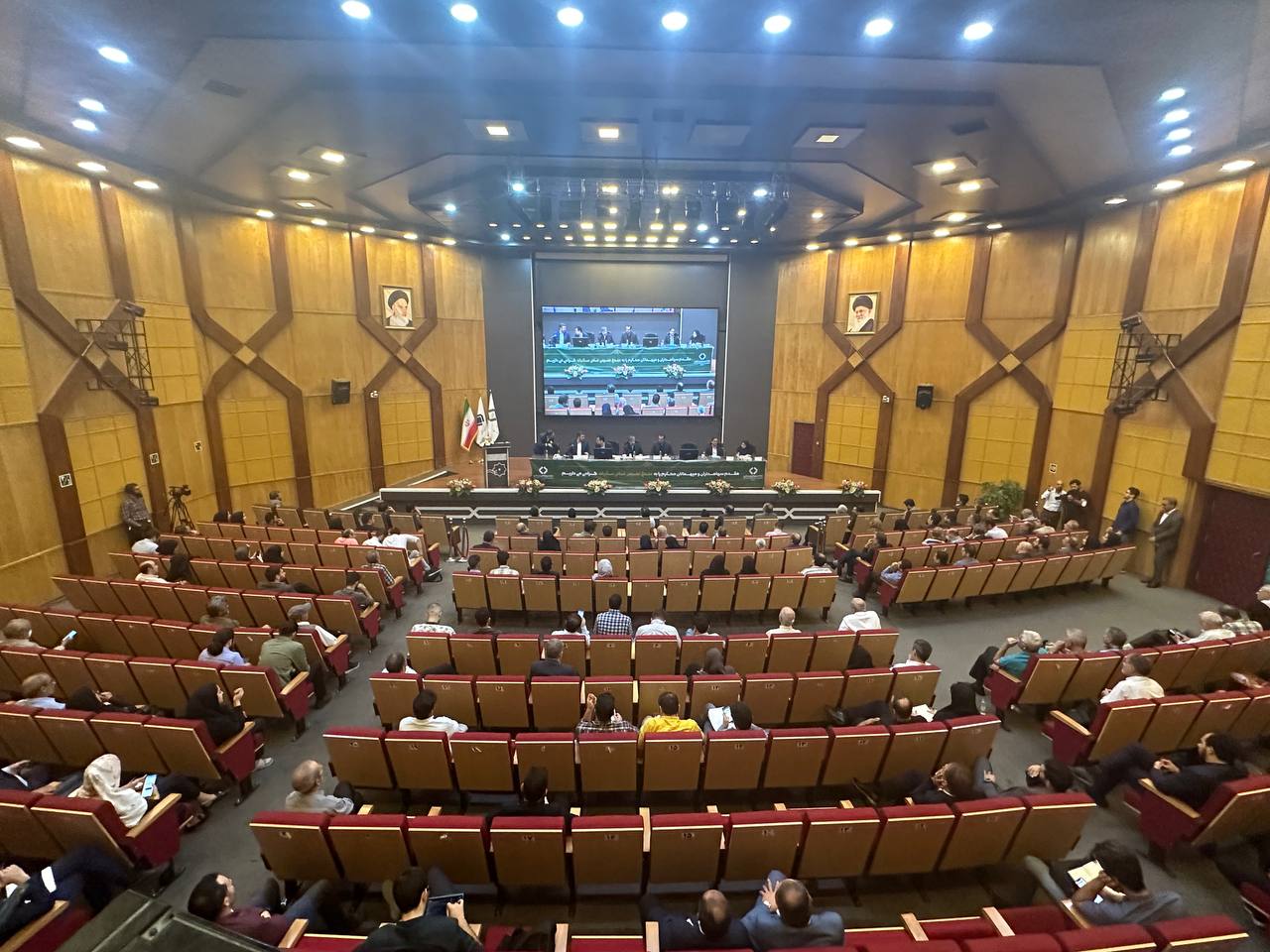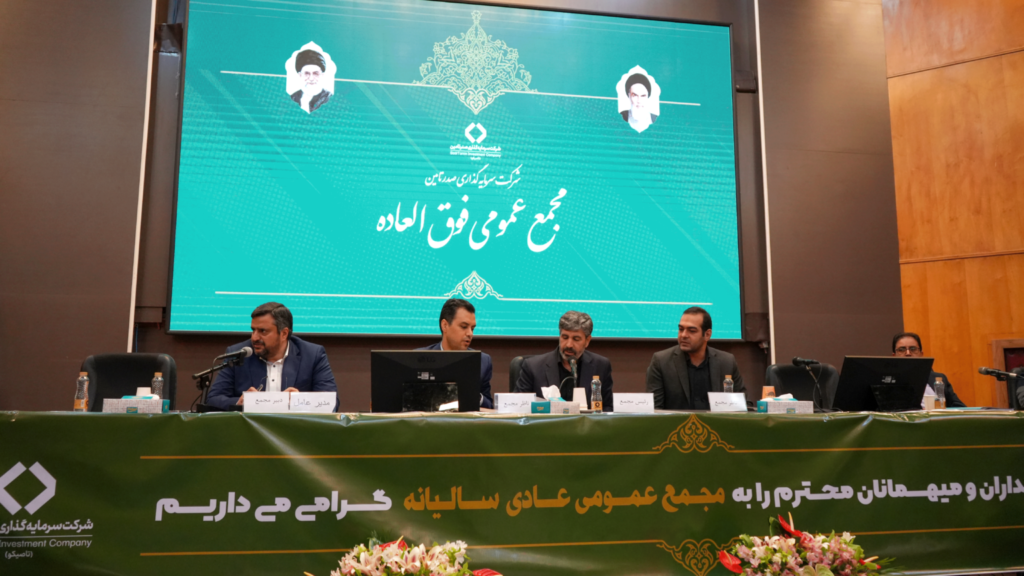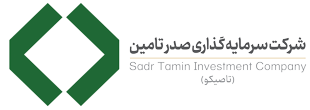Realated posts

TASSICO General Meeting Approves Dividend Payout/ 2,250 Rial Profit per Share
Tehran- An annual general meeting (AGM) of Sadr Tamin Investment Company was convened at 8 a.m. Sunday, August 27 at the conference hall of the company with 84 percent of shareholders in attendance.
The agenda of the AGM was to review the financial statement to May 21, 2023, listening to a legal audit report and distribution of dividends, website of Sadr Tamin Investment Company (TASSICO) reported.
Ebrahim Bazian, Social Security Investment Company (Shasta) CEO, headed that meeting while Amir-Hossein Naderi, TASSICO CEO, Sadr Tamin Investment Company board members and head, representative of major shareholders, auditor, a representative of Tehran Stock Exchange and other shareholders took part in AGM.
The annual general meeting approved to dish out a 2,250-rial payout per share from the net profit of the fiscal year to May 21, 2023 after the shareholders were briefed on reports containing information about the company’s performance and strategy and legal audit.
The financial statement, presented to the board members and shareholders, said that Sadr Tamin Investment Company, which was established in 2009 and listed in Tehran Stock Exchanged as a public joint stock corporation in 2018, decided in its extraordinary general meeting on April 25, 2023, to increase the capital from 36 trillion rials to 67.5 trillion rials. The registration for the capital boost is going on.
Net asset value (NAV) of TASSICO holding company exceeded 840 trillion rials excluding the subsidiaries, which were not listed in the bourse, and 1000 trillion rials if these companies like Pars Tamin Mines Development Company and Khuzestan Oxin Steel Company, which were not in the bourse, were included, said the statement.
It also read that the consolidated net income and the revenue of the company recorded a growth as its net profit increased by 72 percent to reach 76 trillion rials in the fiscal year to May 21, 2023 compared to a year before. The operating revenue rose by 70 percent in the fiscal year to May 21, 2023 compared to the last year, the statement added.
The initial public offerings (IPOs) of subsidiaries of TASSICO included Ceram Ara Tile Company (ticker symbol KARAM) in Iran Fara Bourse Company and Pars Tamin Mines Development Company, which its IPO would be based on gold mine projects (project-based joint-stock company) and a turning point for Sadr Tamin Investment Company, the statement noted.
Naderi, TASSICO CEO, said in his report to shareholders that thank God, all subsidiaries of Sadr Tamin Investment Company were successful in their performances and strategies due to efforts of colleagues in different sectors.
Referring to the initial public offering of Pars Tamin Mines Development Company, he stressed that it would be listed in Farabourse soon.
Mine exploration carried out had been very significant, the CEO said, adding that Sadr Tamin Investment Company managed to establish its first gold processing factory. “We are receiving required permits to list this company in the capital market and God willing, TASSICO will have gold bar in its portfolio in 1402 (the Iranian year to March 19, 2024),” he hoped.
Pointing to broad exploration operations being conducted by the company, Naderi continued that half of exploration and drilling team and machineries of Sadr Tamin Exploration and Drilling Company were currently involved in the region and the factory’s capacity was production of 500 kilograms of gold annually in southeastern province of Sistan Baluchestan while the capacity was going to increase to one ton a year later.
The managing director of TASSICO said that Saqqez gold project had already begun and it would start work in the next Iranian year to March 2025 with a production capacity of 500 kilogram annually.
Deputy head of TASSICO board of directors listed that different projects were being conducted by the subsidiaries of the company, saying that all these companies had outlined profitable projects.
He added that a very good agreement was signed between Esfahan Steel Company and Iran Refractories Company to activate four abandoned units in Esfahan Steel Company to manufacture refractory materials.
The share of Sadr Tamin holding company was production of 80 percent of kaolin, 77 percent of sodium sulphate, 62 percent of glass wool, 39 percent of PCI coal, 18 percent of copper products and 16 percent of special materials in the fiscal year to May 21, 2023 in domestic market.
Main Achievements & Future Plans
Sadr Tamin Investment Company ranked first among 22 companies investingin country’s metal sector in the fiscal year to May 21. It was top holding company of Shasta in profitability and the second one in parallel markets, he said.
The future plans ofSadr Tamin Investment Company, Naderi said, were; increase in capacity of the gold processing and extraction line in Madofti mine in southeastern province of Sistan and Baluchestan from 500 kilograms to one ton annually, start of the executive operation to build a factory to process annual five tons of gold bar in the Iranian year to March 19, 2024, planning to produce two million tons of PCI coal in Tabas region and export development projects for mines under management of Tabas Parvadeh Coal Company.
Naderi noted that the country had the capacity to reserve 12bn tons of coal, adding that the potential could be tapped to produce electricity.
He stressed that the environmental pollution of coal was way below mazut (low-quality fuel oil) to fuel plants considering the new advanced technologies.
Naderi explained that coal liquefaction (the conversion of coal to a clean-burning, low-sulfur-content fuel) was a technology that could augment petroleum-derived products.
“We have begun cooperation with Shasta’s Tamin Petroleum & Petrochemical Investment Company to launch the first petrochemical complex fueled by liquified coal in the country,” he noted and stressed, “Using liquified coal for a petrochemical complex is more profitable and will make products at lower final prices.”



